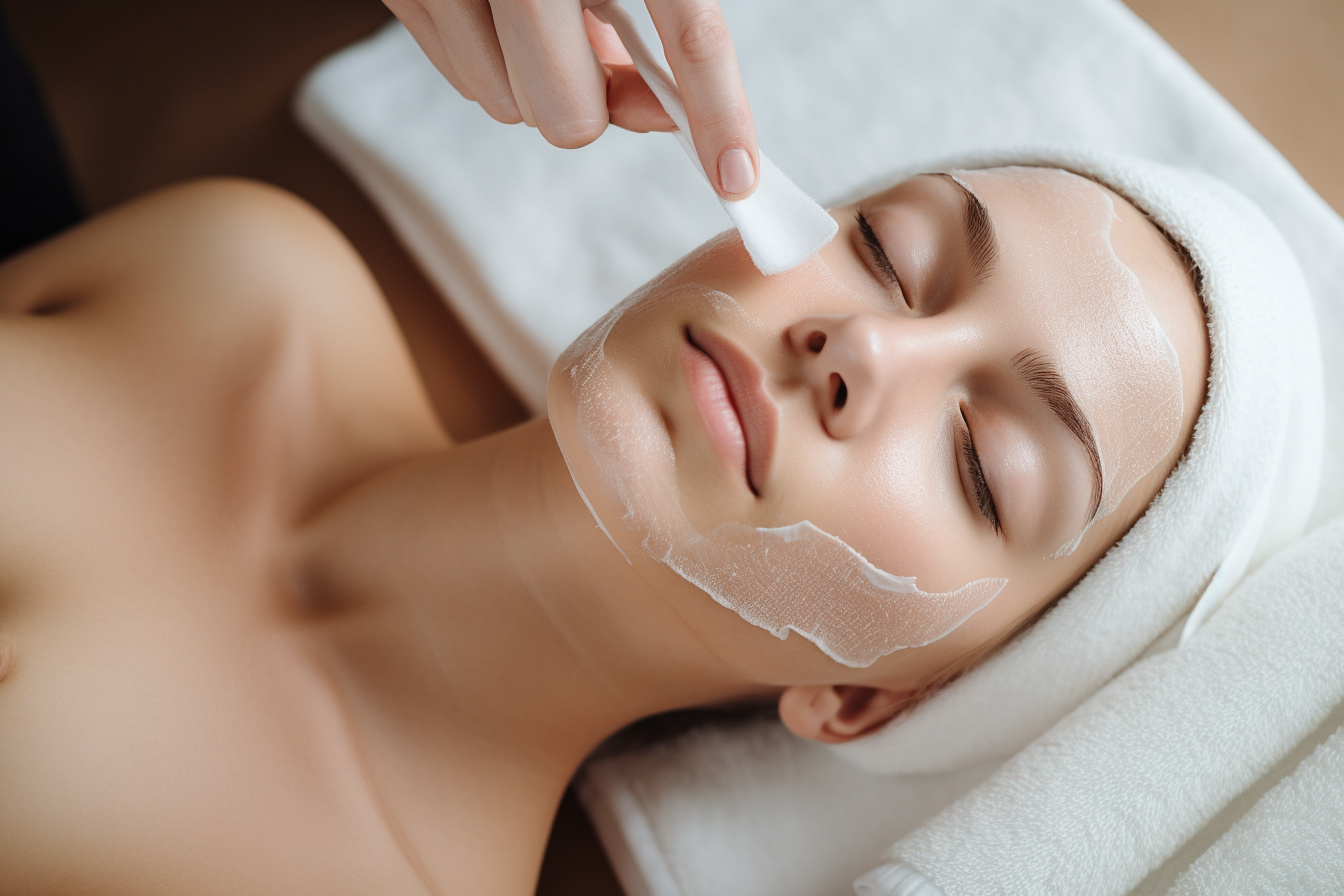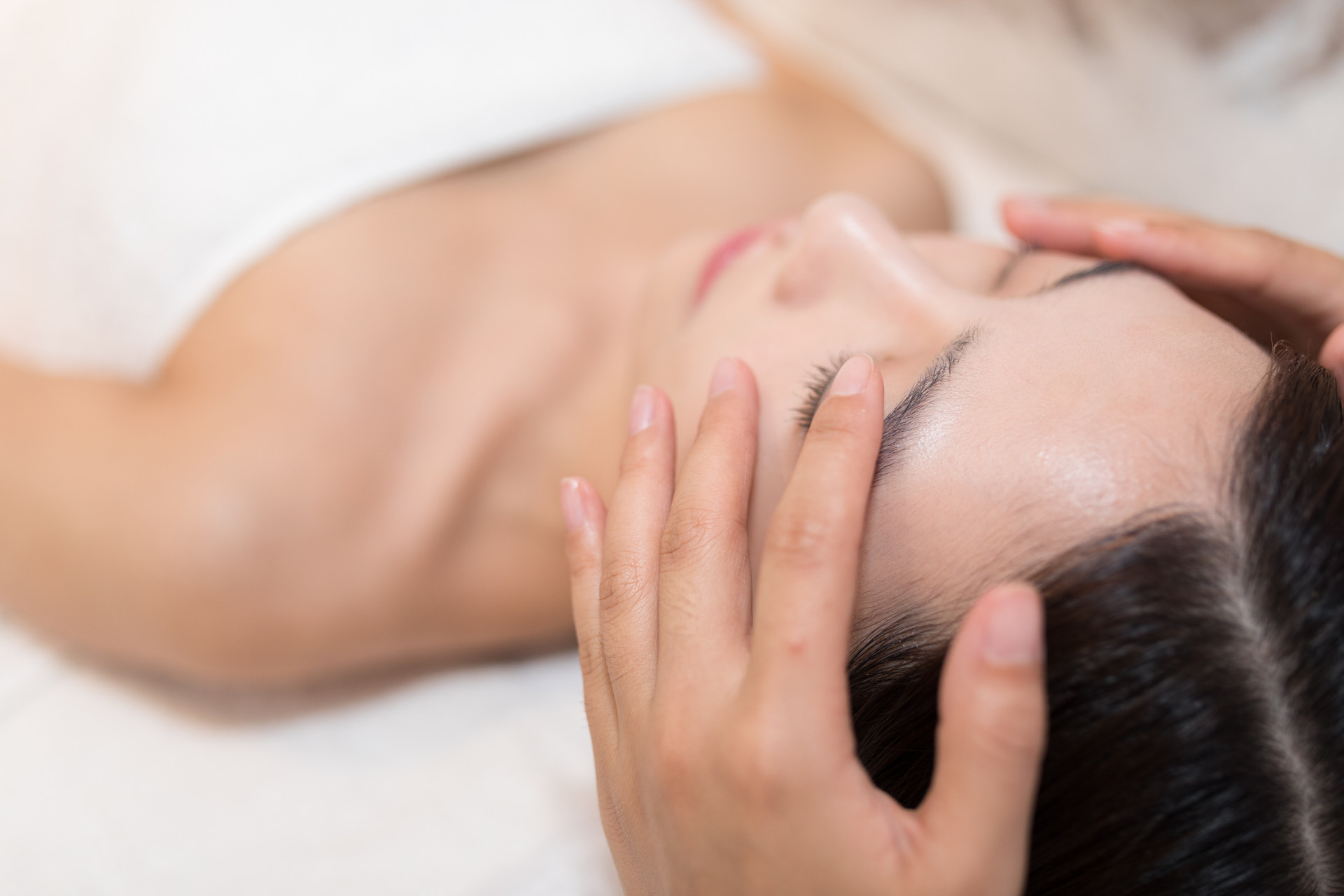Acne, also known as "common acne," is a chronic inflammatory disease of the hair follicles and sebaceous glands, which primarily affects the face and is often accompanied by sebum overproduction. It is most commonly seen during adolescence but can also occur at other stages of life. This condition is self-limiting to some extent, and some individuals may experience spontaneous remission in adulthood.
The development of acne is the result of a combination of multiple factors, with three main factors being excessive sebum production, hyperkeratinization of the follicular opening, and microbial proliferation within the follicle. The most significant microorganism involved is Propionibacterium acnes.
The development of sebaceous glands is controlled by androgens. During adolescence, the production of androgens increases, leading to enlarged sebaceous glands and increased sebum secretion, commonly referred to as "oily skin." This condition can affect the face and scalp, as well as areas such as the chest and back where sebaceous glands are densely distributed in normal individuals.
In normal circumstances, sebum should be able to flow out of the hair follicle opening onto the skin surface. However, in some individuals, the cells lining the follicular opening undergo abnormal proliferation and fail to shed properly, resulting in a smaller follicular opening and impaired sebum outflow. This leads to sebum accumulation within the follicle, causing localized infection and the formation of acne. At the same time, various microorganisms normally inhabit the follicle, including Propionibacterium acnes, Malassezia furfur, and Staphylococcus epidermidis. When sebum stagnation occurs within the follicle, these microorganisms can also experience abnormal proliferation, stimulating the follicle and causing an inflammatory response that manifests as acne.
During adolescence, hormone levels increase as the body undergoes hormonal changes. This period is characterized by increased sebum production, abnormal follicular keratinization, and microbial proliferation within the follicle, making it more prone to the development of acne. However, as hormone levels stabilize and sebaceous gland secretion decreases after adolescence, acne symptoms can naturally alleviate and disappear.
It is important to note that hormone levels and the timing of hormone secretion can vary among individuals and different ethnic groups. Therefore, the onset of acne, its timing, and severity can differ from person to person. Additionally, acne often has a familial tendency, with multiple generations of a family being affected, and multiple individuals within the same generation potentially experiencing acne simultaneously.
While we cannot change our genetic predisposition or innate conditions, we can reduce sebaceous gland secretion by adopting a diet low in oily and excessively sweet foods. Maintaining proper facial hygiene and personal cleanliness can also help reduce the number of microorganisms within the follicles, thereby decreasing the degree of inflammation surrounding the follicles. With a correct understanding of acne, we can take appropriate measures to prevent its occurrence and alleviate its symptoms.





